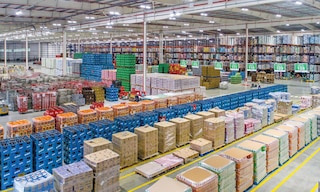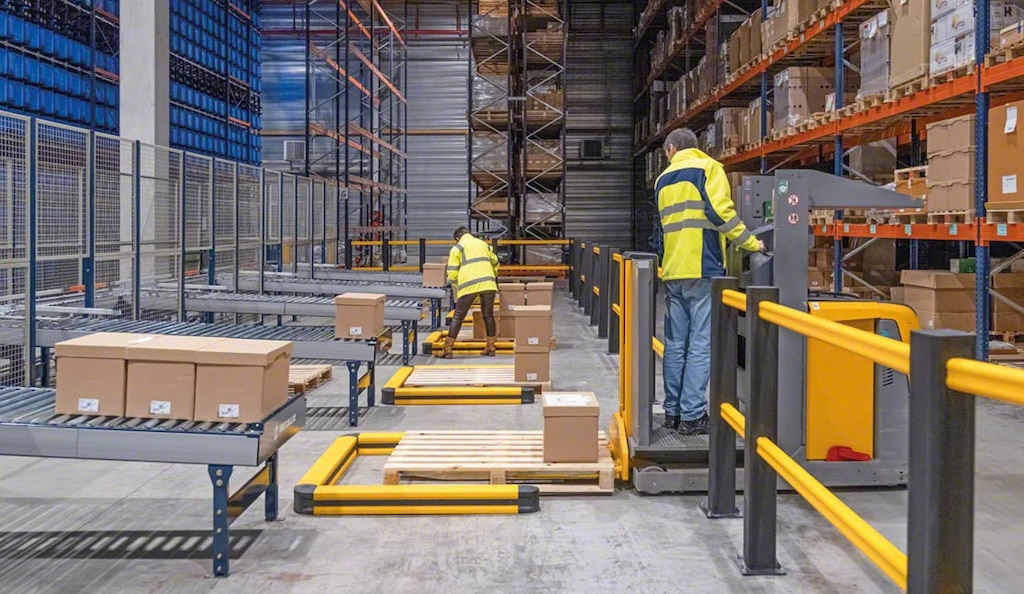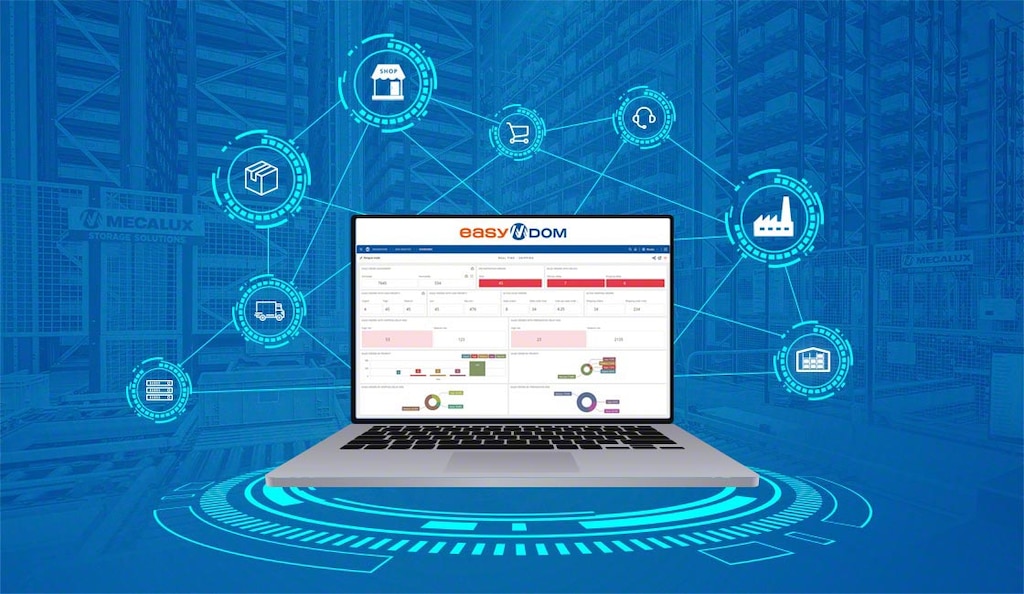
Distribution strategies: Exclusive, intensive, and other examples
Distribution strategies — such as intensive, selective, or exclusive — ensure that products and services reach end customers efficiently and cost-effectively. Choosing the right way to deliver goods to consumers is key to improving satisfaction and maximizing business profitability.
What are distribution strategies in supply chain management?
Distribution strategies are the methods and approaches companies use to deliver their products or services to end customers as efficiently and cost-effectively as possible. They involve decisions about distribution channels, logistics, storage, and inventory management.
Why is a good distribution strategy important?
Effective distribution logistics processes are essential for business success. They impact product availability, the customer experience, and overall profitability.
- Broader reach and accessibility. A strong strategy means orders will reach the target audience at the right time and place, supporting market presence at the local, national, and/or international level.
- Cost optimization. Streamlined transportation and warehousing reduce expenses, while better inventory management minimizes losses from overstock and poor planning.
- Improved customer experience. Reliable distribution guarantees products are available where and when consumers need them, avoiding delays and boosting satisfaction.
- Competitive edge. Fast, flexible, and dependable delivery capabilities help companies stand out. They also enable them to pivot quickly to shifts in demand and emerging trends.
- Increased sales and customer loyalty. Products that are easy to find and delivered on time are more likely to be purchased. Consistent availability builds trust and encourages repeat business.
A well-designed distribution and supply chain strategy not only enhances operational efficiency — it strengthens customer relationships and brand positioning.

What are the 3 main distribution strategies?
Businesses typically use one of three main supply chain distribution strategies to deliver their products:
- Intensive distribution. This strategy aims to make products available at as many points of sale as possible so that consumers can find them easily. For example, a food and beverage company might distribute its products through stores, supermarkets, restaurants, and vending machines.
- Selective distribution. With this approach, goods are only purchased through specific outlets that meet certain criteria, giving the business greater control over its brand. This method is common among electronics companies that sell through specialty stores and major retail chains to maintain consistent service standards.
- Exclusive distribution. According to this strategy, a company grants a single distributor the exclusive right to sell its products in a specific region or market. For instance, some car manufacturers sell their vehicles through exclusive dealerships to provide a high level of customer support and a premium brand experience.
Other types and examples of distribution strategies
Each distribution strategy addresses a specific need. The choice depends on the type of product, target market, and available resources:
- Direct distribution. The company delivers directly to end consumers — without intermediaries — either through physical stores or online sales. For example, some businesses sell exclusively through their own stores and websites, bypassing third-party retailers.
- Indirect distribution. The business uses wholesalers, distributors, and/or retailers to reach end customers. Many clothing brands, for instance, are available in department stores and specialty shops.
- Dropshipping. The seller fulfills orders by sending them directly from the supplier or manufacturer to end consumers. Many online platforms support drop shipping, allowing businesses to sell products without holding inventory.

Software for effective distribution strategies
Specialized distribution software streamlines every stage of the logistics process, from inventory management to shipment coordination. The Mecalux Group has developed Easy DOM, a distributed order management system that optimizes the selection of order fulfillment points across a network of warehouses and distribution centers. How does it work?
- Smart planning. The software streamlines order routing and orchestration based on demand, stock location, and delivery deadlines.
- Carrier integration. Easy DOM allows users to create and modify business rules for each transportation provider, node, and region. It also considers associated services, delivery times, and shipping costs to ensure the best logistics choices.
- Real-time control and full traceability. The system provides continuous updates on the status and progress of outbound orders and customer shipments. This capability helps eliminate shipping errors while providing end-to-end traceability of every SKU throughout the supply chain.
Streamlined logistics operations for efficient distribution
Well-executed distribution strategies — supported by advanced technology — help optimize resources, accelerate processes, and improve responsiveness to market demands. Implementing specialized software is crucial for boosting logistics performance and enhancing the customer experience. With the right distribution strategy in place, companies can consistently make accurate, timely deliveries. If you’re looking to cut costs and strengthen your market position, contact us. Interlake Mecalux can help you drive your supply chain forward.
